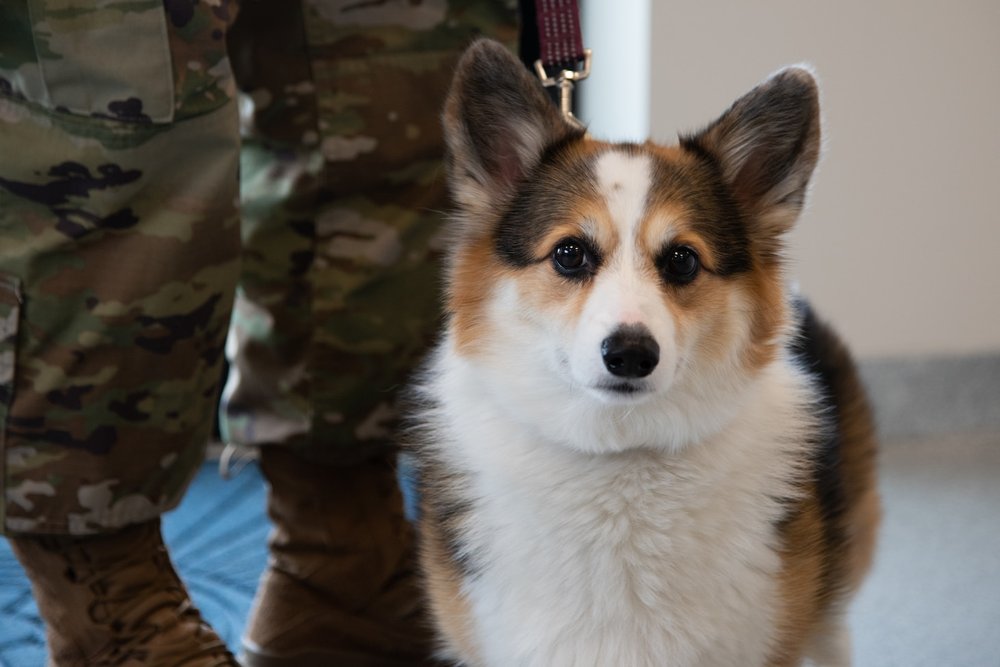NSA Souda Bay – Friday rolls around and the guilt of daily doggy daycare is weighing on you — can you bring Rover to work if he promises to sleep under your desk and not bark during meetings? The answer is… it depends. Friday rolls around and the guilt of daily doggy daycare is weighing on you — can you bring Rover to work if he promises to sleep under your desk and not bark during meetings? The answer is… it depends.
There is no overreaching SECNAV or OPNAV instruction that forbids animals from entering a military installation. Practically, this would be impossible to enforce given the myriad of different bases and requirements — what if there is a veterinarian clinic on board? What if there is family housing? What if the NEX is hosting a Santa and Fido event? An overreaching instruction covering all Navy assets is out of the question. There is no overreaching SECNAV or OPNAV instruction that forbids animals from entering a military installation. Practically, this would be impossible to enforce given the myriad of different bases and requirements — what if there is a veterinarian clinic on board? What if there is family housing? What if the NEX is hosting a Santa and Fido event? An overreaching instruction covering all Navy assets is out of the question.
That said, OPNAVINST 3120.32D does expressly forbid animals “aboard a naval unit […] without permission of the Commanding Officer.” The key words here are “aboard” and “unit,” meaning that you must have the express permission from the CO in order to bring your fluffy kitten or guinea pig on board the USS NEVERSAIL or a C-2 Greyhound. From health and safety concerns to operational realities, there are obvious reasons underlying this rule. That said, OPNAVINST 3120.32D does expressly forbid animals “aboard a naval unit […] without permission of the Commanding Officer.” The key words here are “aboard” and “unit,” meaning that you must have the express permission from the CO in order to bring your fluffy kitten or guinea pig on board the USS NEVERSAIL or a C-2 Greyhound. From health and safety concerns to operational realities, there are obvious reasons underlying this rule.
While there are no regulations specific to bases or buildings, the CO of an installation can always implement further controls and restrictions. For example, there may be limitations on where animals may roam, forbidding them entirely from food or medical service areas, or prohibiting them in any building not explicitly listed as a policy exception. So be sure to check your local base instructions first to see if you can bring your beloved snake Mr. Hugs into the office this Friday to surprise your coworkers, or the box of kittens you’re fostering. While there are no regulations specific to bases or buildings, the CO of an installation can always implement further controls and restrictions. For example, there may be limitations on where animals may roam, forbidding them entirely from food or medical service areas, or prohibiting them in any building not explicitly listed as a policy exception. So be sure to check your local base instructions first to see if you can bring your beloved snake Mr. Hugs into the office this Friday to surprise your coworkers, or the box of kittens you’re fostering.
** DISCLAIMER: This article does not apply to military working dogs or animals covered by the Americans with Disabilities Act.
